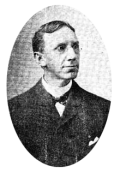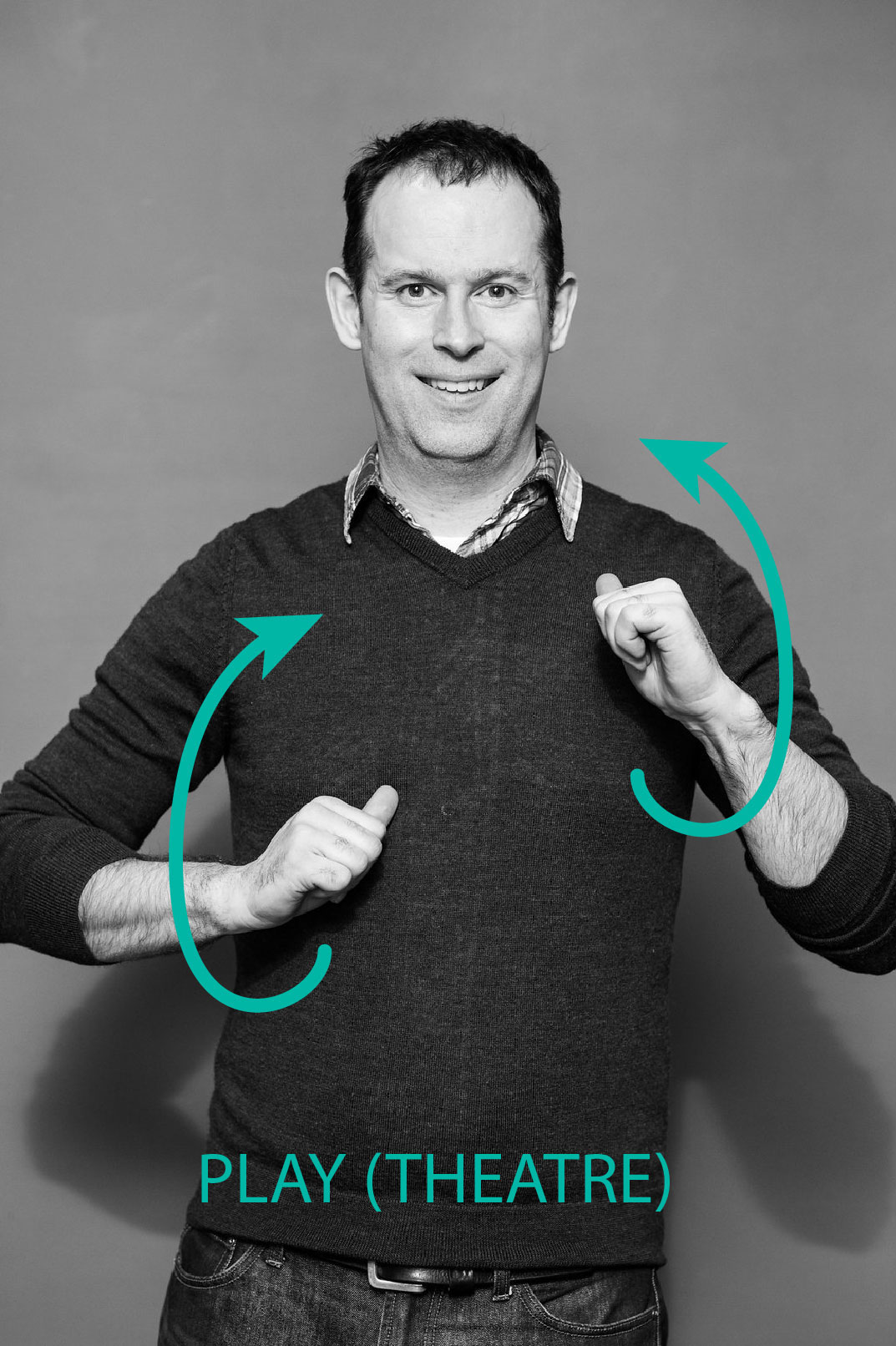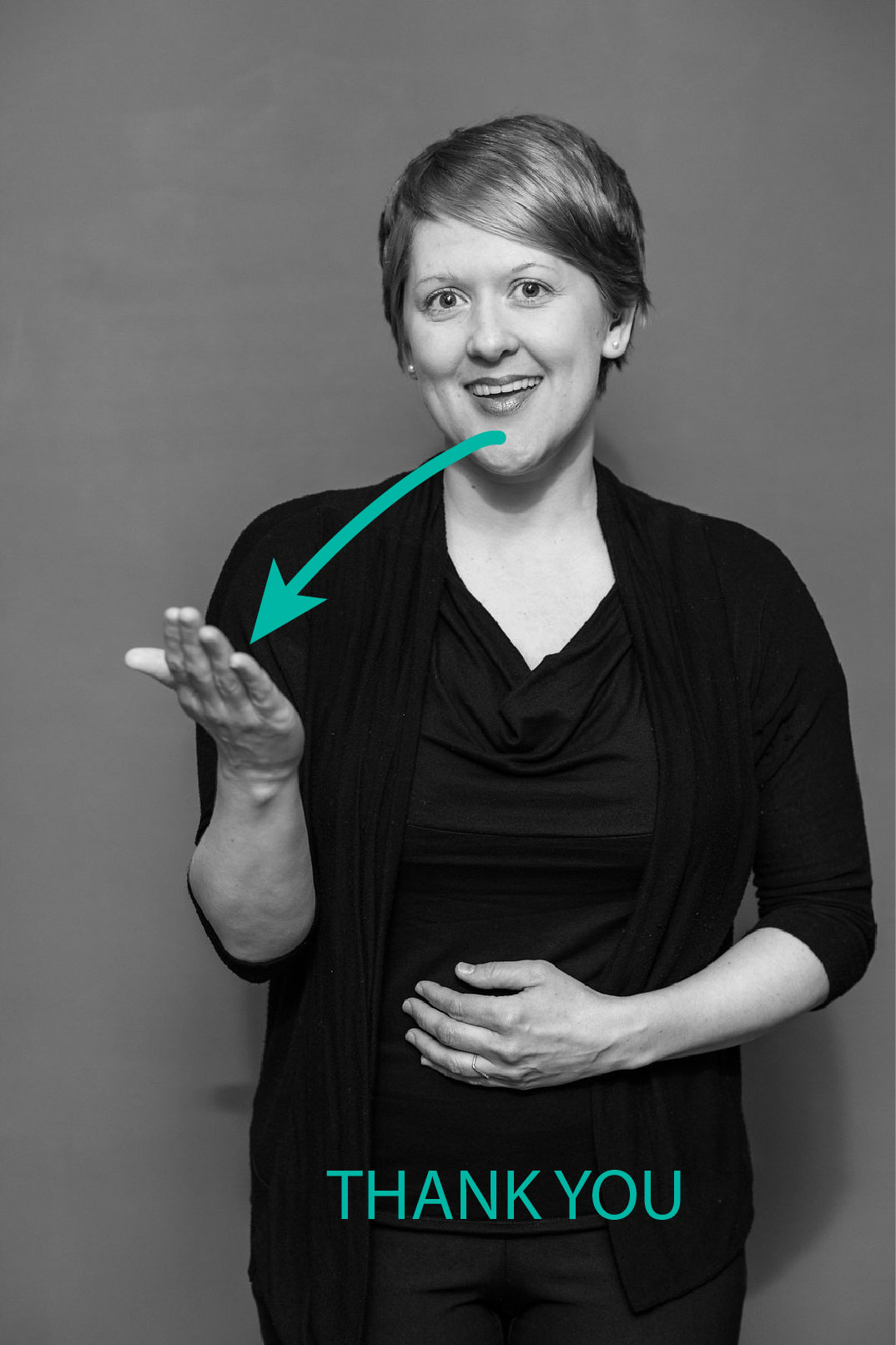 “ . . . for they are first, last, and all the time the people of the eye.”
“ . . . for they are first, last, and all the time the people of the eye.”
George Veditz, President,
National Association of the Deaf (NAD), United States, 1910
American Sign Language (ASL) and language des signes québécois (LSQ) are the cornerstone of the Deaf community in North America. ASL is used in the United States and by the majority of Deaf Canadians today. LSQ is used by the Deaf community in Francophone regions of Canada.
In 1816 Thomas Gallaudet, a hearing American, came to Paris, France where the first Deaf school had been opened in 1760. Gallaudet returned with Laurent Clerc, master Deaf teacher from France to co-found the first school for Deaf children in America in Hartford, Connecticut in 1817. Sign language had been used on Martha’s Vineyard, an island off the coast of Massachussetts with predominent Deaf communities since the mid 18th century.[1] Thus, French Sign Language (FSL) arrived in North America with these pioneering educators, fused with the home signs of American Deaf children and evolved into American Sign Language.
American Sign Language (ASL) is a distinct language with its own content, grammar and formalized rules for use. ASL is a visual language that uses handshapes, locations, palm orientation, hand movement and non-manual signals (specific facial expressions, head shift, body movement, eye gaze, and eye shift, with their rules of use). It conveys ideas with its own grammar to express all emotions and thought. ASL has its own literature and is the foundation of Deaf identity and the centre of shared experience, Deaf culture and heritage. It is capable of expressing the full dimension of human experience. (Baker-Shenk and Cokely, 1991; Gibson and Small, 1996).
Just as when visiting a new country, it is helpful to do a crash course or watch language videos for “survival vocabulary” prior to your arrival. An American Sign Language (ASL) Workshop was provided for Cahoots Theatre and Theatre Passe Muraille staff very early in our collaboration process, six months prior to rehearsals and performance. This crash course included an introduction to Deaf culture, Deaf and hearing cross-cultural interaction and vocabulary helpful in a theatre setting.
ASL Primer Training Video – Joanne Cripps
A theatre company can also prepare a simple informal video with ASL vocabulary, specific to the theatre, requested by your staff. An example of such an informal video produced by Catherine Mackinnon is provided in the Outreach Module, ASL Training.
The following ASL signs are from the program insert given to audience members at ULTRASOUND for a “taste” of ASL vocabulary.




[1] The DATT highlights the crucial role of ASL in engaging Deaf performing artists and Deaf audiences in theatre. The same principles apply to LSQ.
[2] Gannon, J. 1981. Deaf Heritage: A Narrative History of Deaf America. Silver Spring, Maryland: National Association of the Deaf.

